Home>Garden Essentials>What Category Is Landscaping
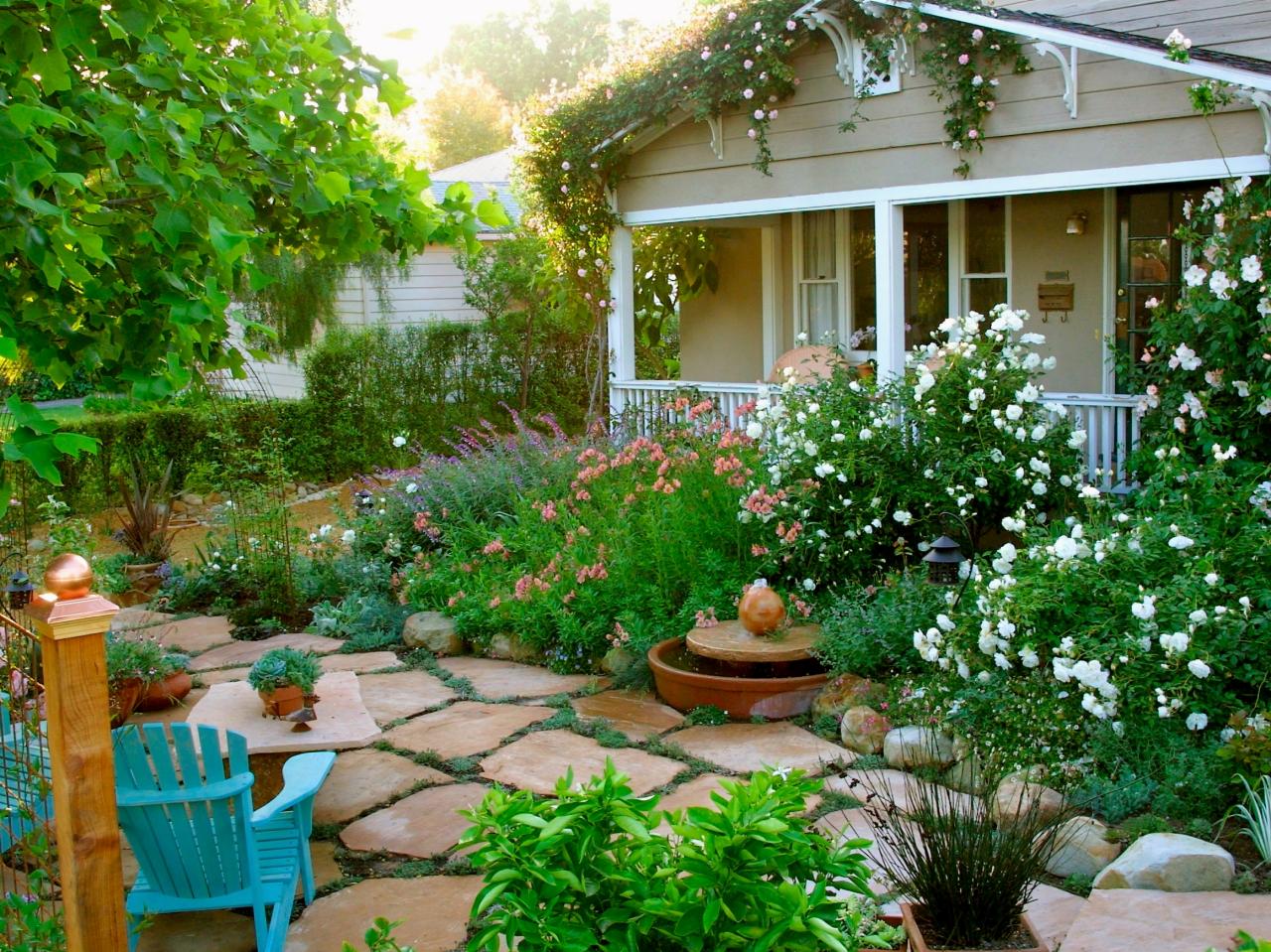

Garden Essentials
What Category Is Landscaping
Modified: March 7, 2024
Find out the perfect category for your garden landscaping needs. Explore various garden landscaping options and ideas to transform your outdoor space.
(Many of the links in this article redirect to a specific reviewed product. Your purchase of these products through affiliate links helps to generate commission for Storables.com, at no extra cost. Learn more)
Introduction
Welcome to the world of landscaping! If you’re a gardening enthusiast or looking to enhance the outdoor spaces of your home or business, landscaping is a crucial aspect that should not be overlooked. Landscaping is not just about planting flowers and mowing lawns; it involves a myriad of techniques and elements that come together to create beautiful, functional, and sustainable outdoor spaces.
In this article, we will explore the importance of landscaping, the different types of landscaping, and the benefits it offers. We will also delve into the factors you need to consider when planning a landscaping project and provide valuable insights into hiring a professional landscaper.
Whether you have a small backyard garden or a vast commercial property, landscaping can transform your outdoor space into a captivating oasis. By strategically placing trees, shrubs, flowers, and other elements, you can create an inviting environment that promotes relaxation, enhances curb appeal, and helps to conserve natural resources.
So, let’s dig deeper into the world of landscaping and discover how it can not only beautify your surroundings but also improve the overall quality of life. Whether you’re a beginner or seasoned gardener, this article will provide you with valuable tips and insights to make your landscaping endeavors a success.
Key Takeaways:
- Landscaping offers environmental, economic, and social benefits, enhancing outdoor spaces while promoting sustainability and well-being. It’s a transformative investment in creating beautiful, functional, and eco-friendly surroundings.
- Hiring a professional landscaper can save time, provide expertise, and ensure cost-effective solutions for creating a stunning and sustainable outdoor space. Their knowledge and resources contribute to a successful landscaping project.
Read more: What Category Are Coasters On Etsy
Importance of Landscaping
Landscaping plays a significant role in enhancing the aesthetics and functionality of outdoor spaces. It goes beyond mere visual appeal and offers a range of benefits from environmental to economic and social aspects. Let’s explore why landscaping is important:
1. Enhances Curb Appeal: A well-designed landscape creates a positive first impression. It adds beauty and charm to your property, making it visually appealing and increasing its market value. Whether it’s the lush green lawn, vibrant flowers, or well-maintained pathways, landscaping adds character to your property.
2. Creates a Relaxing Environment: A thoughtfully planned landscape provides a soothing and peaceful retreat. The presence of plants, trees, and water features can help reduce stress levels and promote relaxation. Having a beautiful outdoor space to unwind can significantly improve your overall well-being.
3. Improves Air Quality: A diverse array of plants in the landscape acts as natural filters, removing pollutants from the air. Trees, in particular, absorb carbon dioxide and release oxygen, contributing to cleaner and healthier air. Proper landscaping can play a crucial role in improving air quality and combating climate change.
4. Manages Stormwater: Landscaping elements such as rain gardens, permeable pavements, and proper grading help manage stormwater runoff. By directing and filtering rainwater, landscaping reduces the risk of flooding, erosion, and water pollution. It also recharges groundwater supplies, ensuring a sustainable water cycle.
5. Provides Shade and Energy Efficiency: Well-placed trees and shrubs can provide shade, reducing the need for excessive air conditioning. By properly landscaping your outdoor space, you can create a microclimate that keeps your property cooler during hot summers. This not only enhances comfort but also reduces energy costs.
6. Enhances Biodiversity: A landscape that incorporates a variety of native plants attracts pollinators like bees, butterflies, and birds, promoting biodiversity. It creates a habitat for wildlife and contributes to the conservation of local ecosystems. Landscaping with native species also requires less maintenance, as they are adapted to the local climate and soil conditions.
7. Increases Property Value: A well-maintained landscape can significantly increase the value of your property. Potential buyers are often willing to pay a premium for a property with attractive outdoor spaces. Landscaping is considered a wise investment as it provides long-term benefits and returns.
8. Promotes Social Interaction: Landscaping creates opportunities for social interaction and community engagement. Well-designed public parks, gardens, and common areas foster connections among residents and provide spaces for recreational activities. These spaces play a vital role in promoting a sense of belonging and improving the quality of life within communities.
As you can see, landscaping goes beyond aesthetics. It is an integral part of creating harmonious, sustainable, and healthy outdoor spaces. Whether it’s a residential property, commercial establishment, or public park, landscaping plays a vital role in transforming spaces into inviting havens.
Types of Landscaping
Landscaping offers endless possibilities for transforming outdoor spaces into beautiful and functional areas. There are various types of landscaping, each with its own characteristics and purposes. Let’s explore some of the common types:
1. Residential Landscaping: This type of landscaping focuses on enhancing the outdoor spaces of residential properties such as houses, apartments, or condos. Residential landscaping aims to create a welcoming environment that reflects the homeowner’s personal style and preferences. It may include elements like manicured lawns, flower beds, trees, pathways, decks, and outdoor living spaces.
2. Commercial Landscaping: Commercial landscaping aims to enhance the outdoor areas of commercial buildings such as offices, retail spaces, or hotels. The goal is to create an attractive and professional environment that aligns with the brand image. Commercial landscaping may include well-designed entrance areas, gardens, green spaces, seating areas, signage, and lighting.
3. Public Landscaping: Public landscaping focuses on creating visually appealing and functional outdoor spaces for public use. This can include parks, public gardens, plazas, streetscapes, and recreational areas. Public landscaping aims to provide spaces for relaxation, social interaction, and recreational activities. It often incorporates elements like seating areas, playgrounds, walking paths, fountains, and public art installations.
4. Ecological Landscaping: Ecological or sustainable landscaping aims to create outdoor spaces that are environmentally friendly and promote biodiversity. It emphasizes the use of native plants, water conservation techniques, and organic practices. Ecological landscaping focuses on minimizing the use of chemicals, conserving water, promoting soil health, and creating habitats for wildlife.
5. Xeriscaping: Xeriscaping is a type of landscaping that focuses on water conservation. It is particularly popular in arid regions or areas prone to drought. Xeriscaping involves using drought-tolerant plants, efficient irrigation systems, mulching, and minimizing water-intensive elements like lawns. The goal is to create a visually appealing landscape while minimizing water usage.
6. Edible Landscaping: Edible landscaping combines both aesthetic and functional elements by incorporating edible plants into the landscape design. This can include vegetable gardens, fruit trees, and herb beds. Edible landscaping not only provides fresh and homegrown produce but also adds visual interest and diversity to the outdoor space.
7. Asian-Inspired Landscaping: Asian-inspired landscaping takes inspiration from traditional Japanese, Chinese, or Zen gardens. It focuses on creating a sense of tranquility and harmony through the use of minimalist design, balance, and natural materials. Asian-inspired landscaping often includes features like bamboo, water elements, rock gardens, and carefully placed plants.
These are just a few examples of the types of landscaping that exist. Each type offers unique characteristics and design approaches. The choice of landscaping type depends on the specific goals, location, climate, and personal preferences. Whether it’s a residential property, commercial space, or public area, the right landscaping can transform an outdoor space into a visually captivating and enjoyable environment.
Residential Landscaping
Residential landscaping focuses on enhancing the outdoor spaces of residential properties, including houses, apartments, or condos. It aims to create a visually appealing and functional environment that aligns with the homeowner”s preferences and lifestyle. Residential landscaping offers a multitude of opportunities to transform the outdoor space into a personal oasis. Let’s explore some key aspects of residential landscaping:
1. Front Yard Landscaping: The front yard is the first impression of your home, and landscaping can greatly enhance its curb appeal. By incorporating elements such as a well-maintained lawn, flower beds, trees, shrubs, pathways, and decorative features like sculptures or fountains, you can create an inviting entrance that reflects your personal style and adds value to your property.
2. Backyard Landscaping: Backyard landscaping offers a private sanctuary for relaxation, entertaining, and outdoor activities. It can include various elements like patios, decks, outdoor kitchens, fire pits, seating areas, swimming pools, gardens, and play areas for children. Balancing both aesthetics and functionality, backyard landscaping allows you to create an outdoor space that suits your needs and provides a seamless extension of your indoor living area.
3. Plant Selection: The choice of plants plays a crucial role in residential landscaping. Consider factors such as climate, soil conditions, sunlight exposure, and maintenance requirements when selecting plants. Incorporate a combination of trees, shrubs, perennials, and annuals to add texture, color, and depth to your landscape. Native plants are often a great choice as they are well-adapted to the local environment and require less water and maintenance.
4. Hardscaping: Hardscaping refers to the non-living elements in a landscape, such as pathways, driveways, walls, fences, and decorative structures. These features add structure and functionality to your outdoor space. Consider using materials like stone, brick, wood, or concrete to create visually appealing and durable hardscape elements that complement your overall landscape design.
5. Lighting: Outdoor lighting is an essential component of residential landscaping as it enhances safety, security, and ambiance. Strategically placed light fixtures can highlight architectural features, illuminate pathways, and create a warm and inviting atmosphere. Consider incorporating a combination of task lighting, accent lighting, and ambient lighting to create different moods and enhance the overall aesthetics of your landscape.
6. Sustainable Practices: In residential landscaping, it’s important to consider sustainable practices to conserve resources and minimize environmental impact. This can include incorporating rainwater harvesting systems, installing efficient irrigation systems, using organic fertilizers, and practicing proper waste management. By embracing sustainable landscaping practices, you can create an eco-friendly outdoor space that is both beautiful and environmentally responsible.
Residential landscaping allows homeowners to personalize their outdoor spaces and create a serene retreat that complements their lifestyle. Whether you prefer a lush and colorful garden, a modern and minimalist design, or a cozy and intimate setting, residential landscaping offers endless possibilities to turn your dream outdoor space into a reality.
Commercial Landscaping
Commercial landscaping focuses on enhancing the outdoor areas of commercial properties, including office buildings, retail spaces, hotels, and public venues. It aims to create visually appealing and professional environments that align with the brand image and attract customers. Commercial landscaping plays a crucial role in creating a positive first impression and enhancing the overall experience for employees, customers, and visitors. Let’s explore some key aspects of commercial landscaping:
1. Entrance Areas: The entrance area of a commercial property sets the tone and creates the first impression. Commercial landscaping incorporates well-designed entrance features such as walkways, signage, flower beds, and water features. These elements enhance the aesthetic appeal of your property and guide visitors towards the main entrance in a visually pleasing manner.
2. Green Spaces: Incorporating green spaces in commercial landscapes provides a sense of tranquility and promotes a connection with nature. Well-maintained lawns, trees, shrubs, and flower beds can add beauty and balance to your outdoor space. Green areas also offer employees and visitors a place to relax, take breaks, and enjoy their surroundings.
3. Outdoor Seating Areas: Creating outdoor seating areas is a great way to maximize the usability of your commercial space. Whether it’s setting up seating arrangements outside cafes, restaurants, or office buildings, incorporating comfortable seating, shade structures, and landscaping elements can create a welcoming and inviting ambiance.
4. Lighting: Outdoor lighting is crucial for commercial properties as it improves safety, enhances visibility, and highlights architectural features. Lighting can be strategically placed to illuminate pathways, entrances, and signage, creating a visually appealing atmosphere during evening hours. Well-designed lighting can also add an element of drama and sophistication to your commercial landscape.
5. Branding and Signage: Commercial landscaping provides an opportunity to reinforce your brand identity through landscaping elements and signage. Incorporating your company logo, colors, and branding elements in the landscape design and signage creates a cohesive visual impact that aligns with your brand image and enhances brand recognition.
6. Seasonal Displays: Commercial landscapes can be updated with seasonal displays to add visual interest and create a dynamic environment. Consider incorporating seasonal flowers, themed decorations, and outdoor art installations to reflect different times of the year. This practice adds a fresh and vibrant touch to your commercial space and keeps it engaging for customers and employees alike.
7. Sustainable Practices: Commercial landscaping can embrace sustainable practices to minimize environmental impact and reduce maintenance costs. This can include using native plants that require less water and maintenance, installing efficient irrigation systems, using permeable surfaces to manage stormwater, and implementing proper waste management. Not only does sustainable landscaping benefit the environment, but it also portrays your business as socially responsible and forward-thinking.
Commercial landscaping is an investment that pays off in creating a positive and professional image for your business. By creating visually appealing and functional outdoor spaces, you can attract customers, enhance employee satisfaction, and create a welcoming environment that reflects your brand values. Whether it’s an office building, retail center, or hotel, commercial landscaping adds value and improves the overall experience for all who visit your property.
Read more: What Are The 4 Categories Of Navajo Rugs?
Public Landscaping
Public landscaping focuses on enhancing the outdoor areas that are accessible to the general public. It plays a crucial role in creating attractive and functional spaces where people can gather, relax, and engage in various activities. Public landscaping covers a wide range of settings, including parks, public gardens, plazas, streetscapes, and recreational areas. Let’s explore some key aspects of public landscaping:
1. Parks and Public Gardens: Parks and public gardens are essential components of public landscaping. They provide green spaces for recreational activities, picnics, and relaxation. Public landscapes can include features like playgrounds, sports fields, walking paths, benches, and picnic areas. Well-designed parks and gardens contribute to the quality of life, promote physical activity, and foster a sense of community.
2. Plazas and Streetscapes: Plazas and streetscapes play an important role in urban areas, serving as gathering places and connecting different parts of the city. Public landscaping in these areas focuses on creating comfortable pedestrian-friendly spaces that encourage social interaction. Elements such as seating, shading, landscaping, public art, and outdoor cafes can make plazas and streetscapes vibrant and inviting.
3. Recreational Areas: Public landscaping aims to provide recreational opportunities for people of all ages. This can include skate parks, tennis courts, basketball courts, and outdoor fitness areas. The incorporation of these facilities encourages physical activity, promotes a healthy lifestyle, and fosters a sense of community engagement. Public landscaping in recreational areas also includes appropriate seating, lighting, and landscaping to ensure a safe and enjoyable environment.
4. Accessible Design: Public landscaping should prioritize accessibility for individuals with disabilities. This includes ensuring accessible pathways, ramps, seating areas, and signage. Creating an inclusive outdoor environment allows people of all abilities to enjoy and utilize public spaces comfortably and independently.
5. Urban Greening: Public landscaping in urban areas focuses on urban greening initiatives to offset the concrete jungle and improve air quality. This can include planting trees along sidewalks, creating rooftop gardens, or incorporating vertical greenery. Urban green spaces enhance the aesthetics of the city, provide shade and cooling, and promote biodiversity in an otherwise built-up environment.
6. Public Art Integration: Incorporating public art in public landscaping adds an element of creativity and cultural expression. Sculptures, murals, and installations can enhance the visual appeal of public spaces and create points of interest. Public art in landscaping engages the community, sparks conversations, and contributes to the overall vibrancy and uniqueness of the area.
7. Community Engagement: Public landscaping offers opportunities for community engagement and involvement. Involving the local community in the planning and maintenance of public landscaping projects fosters a sense of ownership and pride. Community gardens, urban farming initiatives, or volunteer programs can be integrated into public landscapes, encouraging residents to actively participate and contribute to the well-being of their neighborhoods.
Public landscaping is essential for creating vibrant, attractive, and functional spaces within communities. It provides opportunities for people to connect with nature, engage in recreational activities, and come together as a community. Whether it’s parks, plazas, or streetscapes, public landscaping helps to shape the identity and character of a city and contributes to the overall well-being of its residents.
Benefits of Landscaping
Landscaping offers a multitude of benefits, ranging from environmental advantages to economic and social benefits. Whether it’s in residential, commercial, or public areas, landscaping plays a vital role in enhancing the quality of our surroundings and improving our overall well-being. Let’s explore some of the key benefits of landscaping:
1. Environmental Benefits:
- Improved air quality: Trees and plants in the landscape help remove pollutants and release oxygen, leading to cleaner and healthier air.
- Stormwater management: Well-designed landscapes help prevent soil erosion and runoff by absorbing rainwater and reducing the risk of flooding.
- Conservation of natural resources: Landscaping practices such as rainwater harvesting and efficient irrigation systems promote water conservation and sustainability.
- Biodiversity and habitat creation: By incorporating a variety of plants and creating suitable habitats, landscaping contributes to the preservation of local ecosystems and supports wildlife.
2. Economic Benefits:
- Increased property value: Thoughtfully landscaped properties have higher market value and tend to attract potential buyers or tenants.
- Energy savings: Trees and shrubs strategically placed around buildings provide shade and insulation, reducing the need for excessive air conditioning and heating.
- Reduced noise pollution: Landscaping elements such as trees and hedges act as natural sound barriers, minimizing noise pollution and creating a more peaceful environment.
- Boost to local economy: A well-maintained and appealing landscape attracts visitors and tourists, contributing to the local economy through increased tourism and spending.
3. Social Benefits:
- Improved mental well-being: Access to green spaces and nature has been shown to reduce stress levels, enhance mood, and improve overall mental health.
- Promotion of physical activity: Well-designed landscapes encourage outdoor activities, such as walking, jogging, or playing sports, contributing to a healthier and more active lifestyle.
- Social interaction and community engagement: Public landscapes provide spaces for the community to come together, interact, and participate in events, fostering a sense of belonging and community cohesion.
- Enhancement of quality of life: Beautifully landscaped areas enhance the aesthetics of our surroundings, creating a sense of pride and contributing to an overall higher quality of life for residents.
Landscaping offers numerous benefits that go beyond just improving the visual appeal of our surroundings. It plays a significant role in environmental conservation, contributes to the local economy, and enhances our well-being. Whether you’re a homeowner, business owner, or part of a community, investing in landscaping can have a positive and lasting impact on both individuals and the larger environment.
Environmental Benefits
Landscaping offers numerous environmental benefits, playing a vital role in the conservation and improvement of our natural resources. Whether it’s in residential, commercial, or public areas, landscaping practices can positively impact the environment in various ways. Let’s explore some of the key environmental benefits of landscaping:
1. Improved Air Quality:
One of the significant environmental benefits of landscaping is the improvement of air quality. Plants, trees, and grass act as natural filters, removing pollutants from the air and releasing oxygen through the process of photosynthesis. They help reduce the levels of carbon dioxide, particulate matter, and other harmful airborne contaminants, leading to cleaner and healthier air for all living beings.
2. Climate Regulation:
Landscaping plays an important role in climate regulation, especially in urban areas. Trees and plants provide natural shade, reducing the urban heat island effect, where cities retain heat due to concrete and asphalt. The cooling effect lowers energy consumption, particularly for air conditioning systems, reducing greenhouse gas emissions and energy costs.
3. Stormwater Management:
Well-designed landscapes help manage stormwater runoff. The presence of trees, plants, and green spaces can absorb and slow down rainwater, reducing the risk of flooding and erosion. Landscaping elements like rain gardens, permeable pavements, and strategically placed vegetation filters and cleanses stormwater, promoting groundwater recharge and maintaining healthy water cycles.
4. Soil Conservation:
Landscaping techniques contribute to the conservation and protection of soil. Properly maintained landscapes help prevent soil erosion caused by wind and water. The roots of plants and trees hold the soil in place, preventing it from washing away during heavy rains or blowing away during strong winds. This preserves the integrity of the soil, promotes soil fertility, and prevents sedimentation in nearby water bodies.
5. Biodiversity Promotion:
Landscaping practices can create habitats and promote biodiversity. Incorporating diverse native plants, trees, and shrubs in the landscape design attracts various forms of wildlife, including birds, insects, bees, and butterflies. These biodiversity hotspots provide food, shelter, and breeding grounds for different species, contributing to the overall health and balance of ecosystems.
6. Noise Reduction:
Landscaping elements like trees, hedges, and vegetation act as natural sound barriers, reducing noise pollution and creating a more peaceful environment. They absorb and deflect sound waves, minimizing the impact of traffic noise or other urban noises. This contributes to a quieter and more serene atmosphere in residential, commercial, and public spaces.
7. Conservation of Resources:
Landscaping practices can help conserve resources such as water and energy. Implementing efficient irrigation systems, incorporating drought-tolerant plants, and using mulch to retain moisture reduces water consumption for landscaping purposes. Additionally, well-placed trees and vegetation provide natural shade, reducing the need for excessive air conditioning, leading to energy savings.
Landscaping provides significant environmental benefits, contributing to the overall health and sustainability of our planet. By incorporating eco-friendly landscaping practices, we can protect and conserve natural resources, mitigate climate change, promote biodiversity, and create a more harmonious coexistence between human beings and the environment.
Economic Benefits
Landscaping brings about a range of economic benefits, impacting both individual properties and the larger community. Whether it’s residential, commercial, or public landscaping, the economic advantages are significant. Let’s explore some of the key economic benefits of landscaping:
1. Increased Property Value:
Landscaping can significantly increase the value of a property. A well-designed and maintained landscape enhances curb appeal and creates a positive first impression. Potential buyers and tenants are often willing to pay a premium for properties with beautifully landscaped outdoor spaces. Thus, investing in landscaping can yield higher returns when it comes time to sell or rent a property.
2. Energy Savings:
Strategic landscaping can reduce energy consumption and lead to savings on utility bills. By planting trees, shrubs, and other foliage in strategic locations around a building, shading is provided, reducing the need for excessive air conditioning. In colder climates, windbreaks created by landscaping elements can also reduce heating costs. These energy-saving benefits translate into long-term financial savings.
3. Reduced Noise Pollution:
Landscaping plays a role in reducing noise pollution in properties located in busy areas or near highways. Trees, hedges, and other vegetation act as natural sound barriers, absorbing and deflecting sound waves. By minimizing noise disturbances, properties in quieter surroundings can attract residents, tenants, or customers, leading to increased property demand and higher rental or sale prices.
4. Increased Business Revenue:
For commercial properties, landscaping can have a direct impact on business revenue. A well-landscaped exterior can attract more customers and enhance the overall image and perception of the establishment. It creates a more inviting and visually appealing environment, which can lead to increased foot traffic, longer stays, and repeated visits. Ultimately, this can result in higher sales and revenue for businesses.
5. Tourism and Economic Development:
Landscaping can contribute to the tourism and economic development of an area. Beautifully landscaped public spaces, parks, or gardens attract tourists and visitors, promoting local businesses and boosting the local economy. Increased tourism expenditures can have a ripple effect, benefiting various sectors such as restaurants, hotels, retail stores, and entertainment venues.
6. Cost Savings:
While landscaping requires an initial investment, it can lead to long-term cost savings. Well-designed landscapes with proper soil management and water-wise irrigation systems minimize water usage and reduce the need for chemical pesticides or fertilizers. These sustainable practices not only contribute to a healthier environment but also save on maintenance and landscaping expenses over time.
7. Employee Satisfaction and Productivity:
In commercial settings, a well-maintained landscape can enhance employee satisfaction and productivity. An attractive outdoor environment allows employees to take breaks in a pleasant setting, reducing stress levels and promoting overall well-being. This can lead to improved work performance, decreased absenteeism, and increased employee retention rates.
Landscaping offers a range of economic benefits that go beyond its visual appeal. Whether it’s increasing property value, reducing energy costs, attracting customers, or contributing to the local economy, investing in landscaping can yield tangible financial returns and contribute to long-term economic growth.
Landscaping falls under the category of outdoor design and maintenance, involving the planning, planting, and maintenance of gardens, lawns, and outdoor spaces.
Read more: What Tax Category Is Home Decor
Social Benefits
Landscaping provides numerous social benefits, enhancing the overall well-being and quality of life for individuals and communities. From fostering social interaction to promoting health and happiness, landscaping plays a significant role in creating vibrant and inclusive spaces. Let’s explore some of the key social benefits of landscaping:
1. Improved Mental Well-being:
Being surrounded by nature and green spaces has been shown to have positive effects on mental health. Landscaping offers individuals a connection to the outdoors, providing a sense of calm, relaxation, and rejuvenation. Spending time in landscaped areas can help reduce stress, anxiety, and feelings of depression, promoting overall mental well-being.
2. Physical Activity and Health Promotion:
Well-designed landscapes encourage physical activity and healthy lifestyles. Parks, trails, and recreational areas offer opportunities for walking, running, cycling, sports, and other outdoor activities. Landscaped spaces provide access to nature and ways to engage in physical exercise, promoting healthier habits and reducing the risk of various health issues, including obesity and cardiovascular diseases.
3. Social Interaction and Community Engagement:
Landscaping facilitates social interaction and community engagement, contributing to the development of strong and connected neighborhoods. Public parks, plazas, and outdoor gathering spaces provide opportunities for people to come together, interact, and build relationships. Landscaped areas often become the backdrop for community events, festivals, and recreational activities, fostering a sense of belonging and community pride.
4. Sense of Place and Identity:
Landscaping helps create a sense of place and identity within communities. Landscaped areas reflect the local culture, history, and values, providing a unique identity to a neighborhood or city. Such spaces become gathering points and landmarks that instill a sense of pride and belonging among residents, strengthening the social fabric and creating a shared sense of heritage.
5. Educational Opportunities:
Landscaped areas, particularly botanical gardens and public gardens, offer educational opportunities for people of all ages. These spaces provide a living classroom where visitors can learn about plants, ecosystems, and environmental conservation. Educational programs, workshops, and guided tours help disseminate knowledge about nature, gardening practices, and sustainable living.
6. Aesthetics and Cultural Enrichment:
Landscaping adds beauty and aesthetics to our surroundings, enhancing the visual appeal of both public and private spaces. Beautifully landscaped areas contribute to the cultural enrichment of a community, serving as sources of inspiration, and providing a backdrop for artistic expression. Public art installations and sculptures incorporated into the landscape add an additional dimension to the visual and cultural experience.
7. Sense of Safety and Security:
Landscaping can contribute to a sense of safety and security within communities. Well-lit pathways, clear sightlines, and well-maintained landscapes create an environment that feels welcoming and secure. Landscaped areas that are cared for and utilized by the community have lower crime rates and promote a sense of vigilance and neighborhood watch.
Landscaping offers numerous social benefits, fostering mental and physical well-being, promoting community engagement, and enriching the cultural fabric of our surroundings. By creating inclusive and vibrant spaces, landscaping enhances the social cohesiveness and quality of life for individuals and communities as a whole.
Factors to Consider in Landscaping
When planning a landscaping project, there are several important factors to consider. These factors play a significant role in determining the success and sustainability of your landscape design. Let’s explore some key considerations before diving into your landscaping endeavor:
1. Climate and Weather Conditions:
Understanding the climate and weather conditions of your location is crucial in selecting suitable plants and designing your landscape. Consider factors such as average rainfall, temperature range, and frost or heat resistance. Choose plants that are well-suited to the climate to ensure they thrive and require minimal maintenance.
2. Soil Type and Water Drainage:
Assessing your soil type is essential to determine its fertility, drainage capabilities, and nutrient composition. Different plants have varying soil requirements, so understanding your soil’s characteristics will help you select the right plants and determine the needed amendments or drainage improvements.
3. Available Space for Landscaping:
Evaluate the available space for landscaping, including the size and shape of your property. Consider existing structures such as buildings, pathways, utility lines, and any limitations or restrictions. This assessment helps determine the layout, functionality, and potential design elements for your landscape plan.
4. Sunlight and Shade:
Observe the sunlight and shade patterns on your property throughout the day. Different plants have different light requirements, and understanding your property’s sun exposure will ensure plants are placed in appropriate areas. Consider the potential shade provided by existing structures or trees and how it may impact the design and plant selection.
5. Budget and Cost Considerations:
Establishing a budget for your landscaping project is crucial. Consider your financial resources and the overall scope of the project, including materials, plants, hardscaping, professional services, and ongoing maintenance costs. Planning your budget carefully will help you prioritize and make informed decisions throughout the process.
6. Maintenance Requirements:
Consider the maintenance requirements of your landscape design. Some plants and features may require regular pruning, watering, fertilizing, or pest control. Determine the level of time and effort you are willing to invest in maintaining your landscape, and select plants and design elements that align with your desired maintenance commitment.
7. Personal Preferences and Style:
Reflect on your personal preferences and desired style for your landscape. Consider the overall aesthetic you want to achieve, such as formal, informal, modern, or traditional. Think about color schemes, textures, and any specific elements or features you would like to incorporate. Aligning your landscape with your personal taste will create a space that reflects your unique personality.
8. Environmental Considerations:
Think about the environmental impact of your landscaping choices. Consider incorporating sustainable practices such as water conservation, native plant selection, and organic gardening methods. By selecting environmentally friendly options, you can create a landscape that not only enhances your property but also contributes to the overall health of the ecosystem.
By carefully considering these factors, you can plan and execute a successful landscaping project that aligns with your vision, environmental considerations, and budget. Remember to seek professional guidance when needed and continuously evaluate and adapt your landscape as it matures and evolves over time.
Climate and Weather Conditions
Understanding the climate and weather conditions of your location is crucial when planning a landscaping project. The climatic factors in your area significantly influence the success and sustainability of your landscape design. Let’s explore some important considerations related to climate and weather conditions:
1. Temperature Range:
Knowing the typical temperature range in your region is essential for selecting plants that can thrive in your climate. Some plants prefer cooler temperatures, while others are more suited to hot or tropical climates. Understanding temperature variations will help you choose plants that can withstand extremes and provide year-round interest in your landscape.
2. Rainfall Patterns:
Assessing the rainfall patterns in your area is crucial for determining the water needs of your plants. Consider both the average annual rainfall and the distribution throughout the year. This information will aid in selecting plants that are drought-tolerant or require more moisture. It will also help you design effective irrigation systems to ensure adequate water supply for your landscape.
3. Seasonal Changes:
Take into account the seasonal changes in your region, including changes in temperature, rainfall, and daylight hours. Different plants have different growth patterns and may require specific care during particular seasons. Understanding these changes will help you plan for seasonal maintenance tasks and ensure your landscape remains vibrant throughout the year.
4. Frost and Freeze Dates:
Frost and freeze dates are important considerations for plant selection, especially if you live in an area prone to frost or freezing temperatures. Determine the average dates of the last spring frost and first fall frost to ensure you choose plants that can withstand these conditions. Properly timed planting and protection measures can help prevent damage to your landscape.
5. Wind and Microclimates:
Consider the prevailing wind patterns in your area and how they may impact your landscape. Some plants may be more susceptible to wind damage, while others may thrive in windy conditions. Additionally, the positioning of structures, fences, or trees can create microclimates within your landscape, influencing temperature, moisture, and wind patterns. Understanding these microclimates will help you select appropriate plants for different areas of your landscape.
6. Soil Characteristics:
The climate also affects soil characteristics, such as moisture retention, drainage capabilities, and nutrient availability. Consider the type of soil in your area, such as clay, sandy, or loamy soil, as it will influence the choice of plants and the need for soil amendments. Understanding your soil’s characteristics helps ensure that you select plants that can thrive in your specific soil conditions.
7. Microclimates and Urban Heat Island Effect:
In urban areas, the landscape design can influence microclimates and the urban heat island effect. The arrangement of structures, trees, and vegetation can impact temperature variations and air circulation within your landscape. Maximizing shade, incorporating green roofs or green walls, and choosing heat-tolerant plants can help mitigate the urban heat island effect and create a more comfortable outdoor environment.
Considering the climate and weather conditions specific to your region is fundamental when planning a landscaping project. By understanding these factors, you can select plants that are well-adapted to the local environment, design effective irrigation systems, and ensure that your landscape thrives in the given climate conditions. Consulting with local gardening experts or professionals can provide valuable insights tailored to your specific climate and help you make informed decisions for your landscape design.
Soil Type and Water Drainage
Understanding your soil type and water drainage characteristics is crucial when planning a landscaping project. The composition and drainage capabilities of your soil significantly impact the health and success of plants in your landscape. Let’s explore the importance of soil type and water drainage considerations:
1. Soil Type:
Identifying your soil type is essential for selecting plants that will thrive in your landscape. Common soil types include clay, sandy, loam, and silt. Each soil type has different characteristics that affect its drainage abilities, water-holding capacity, and nutrient availability. Understanding your soil type will help you make informed decisions about plant selection and ensure their optimal growth and health.
2. Drainage Characteristics:
The drainage characteristics of your soil determine how well water can move through it. Proper drainage ensures that excessive water is drained away, preventing waterlogged conditions that can lead to root rot and other plant health issues. Good drainage is crucial for plants’ oxygen uptake and overall growth. Assessing your soil’s natural drainage characteristics will help you determine if any amendments are needed to improve drainage or if specific plant selections are required.
3. Percolation Test:
Performing a percolation test can help you assess your soil’s drainage capacity. Dig a hole approximately one foot deep and fill it with water. Observe how long it takes for the water to drain completely. If the water drains rapidly, it indicates good drainage. If the water does not drain within 24 hours, it suggests poor drainage, and you may need to take measures to improve it, such as incorporating organic matter or installing drainage systems.
4. Soil Amendments:
Based on your soil type and drainage characteristics, you may need to amend your soil to improve drainage or provide better water retention. For example, if you have heavy clay soil that drains poorly, incorporating organic matter like compost or peat moss can help improve drainage by breaking up the soil structure. Conversely, if you have sandy soil that drains too quickly, adding organic matter can improve water retention and nutrient availability.
5. Moisture Regulation:
Understanding your soil’s drainage capabilities is vital for proper moisture regulation in your landscape. Some plants prefer well-drained soil, while others can tolerate wetter conditions. Matching the moisture requirements of plants to your soil’s drainage capabilities ensures their health and prevents issues like root rot and fungal diseases. Knowing your soil’s drainage characteristics will help you water your plants appropriately and avoid overwatering or underwatering.
6. Erosion Prevention:
The ability of your soil to drain water effectively also impacts erosion prevention. Proper drainage helps prevent the erosion of topsoil, which is essential for plant root systems and overall plant health. By ensuring that excess water drains away efficiently, you can reduce erosion risks and maintain the integrity of your landscape.
7. Professional Soil Testing:
If you are unsure about your soil type and drainage characteristics, consider getting a professional soil test. Soil tests analyze your soil’s pH levels, nutrient content, and texture, providing you with detailed information about its composition and drainage capacity. This information can guide you in selecting the right plants, implementing suitable soil amendments, and improving overall soil health.
Understanding your soil type and drainage characteristics is crucial for creating a healthy and thriving landscape. By considering these factors, you can select the right plants, amend your soil if necessary, and ensure proper moisture regulation. A landscape that harmonizes with your soil type and has good water drainage will promote healthy plant growth and contribute to the long-term success of your landscaping endeavors.
Read more: What Category Does Construction Fall Under
Available Space for Landscaping
Evaluating the available space for landscaping is an essential consideration when planning your landscape design. The size and shape of your property will influence the layout, functionality, and overall aesthetics of your landscape. Let’s explore the importance of assessing the available space for your landscaping project:
1. Property Size and Shape:
The size and shape of your property determine the overall scope and possibilities for your landscape design. Take accurate measurements of your property to determine its dimensions, boundaries, and any irregularities in shape. This will help you effectively plan and allocate different elements within your landscape, such as hardscaping features, planting areas, or outdoor living spaces.
2. Existing Structures:
Consider any existing structures on your property, such as buildings, garages, sheds, or fences. These structures can affect the overall layout and flow of your landscape design. Ensure that the landscaping elements complement and harmonize with the existing structures and consider any functional requirements or restrictions imposed by them.
3. Pathways and Access Points:
Assess any existing pathways, walkways, or access points on your property. Determine how these pathways will connect different areas of your landscape and how they will influence the overall flow of movement. Consider the functionality and accessibility of your pathways, ensuring that they are wide enough and designed to accommodate different user needs.
4. Topography and Slopes:
Evaluate the topography and natural slopes of your property. Understanding the contours of your land will help you determine the best placement for various landscaping elements. Sloped areas can be transformed into terraces or incorporate retaining walls. Additionally, consider how water naturally flows on your property and plan drainage solutions accordingly.
5. Views and Sightlines:
Take into account any desirable views or focal points on your property. Position landscaping elements to enhance or frame these views, creating visually appealing focal points. Additionally, consider privacy needs and whether you want to create screening or natural barriers to block unsightly views or provide a secluded outdoor space.
6. Design Zones:
Divide your available space into design zones or functional areas based on different purposes or activities. For example, designate areas for entertaining, gardening, play areas, or tranquil retreats. Allocating specific zones allows for efficient use of the space and ensures that each area fulfills its intended purpose.
7. Future Growth and Maintenance:
Consider both the current and future growth potential of your landscape. Account for the growth of plants and trees over time, ensuring that there is sufficient space for them to reach their mature size without overcrowding. Additionally, think about the maintenance needs of your landscape and ensure that there is convenient access for maintenance tasks such as mowing, pruning, and irrigation system upkeep.
Assessing the available space for landscaping is crucial for understanding the possibilities and limitations of your landscape design. By considering factors such as property size, existing structures, topography, and functionality, you can ensure that your landscape plan maximizes the potential of your space, creating a harmonious, functional, and visually appealing outdoor environment.
Budget and Cost Considerations
Planning a landscaping project requires careful consideration of your budget and associated costs. Understanding your financial resources and setting a realistic budget is crucial for successfully implementing your landscape design. Let’s explore the importance of budget and cost considerations when embarking on a landscaping project:
1. Establishing a Budget:
Before starting your landscaping project, determine a budget that you are comfortable with and can realistically allocate to your desired improvements. Consider the overall scope of the project, including materials, plants, hardscaping, professional services, and ongoing maintenance costs. Defining a budget will help guide your decision-making process and prevent overspending.
2. Prioritizing Your Needs and Wants:
Within your budget, prioritize your needs and wants. Identify the essential elements and features that are most important to you and allocate a portion of your budget to them. This will help you make informed decisions and ensure that the most vital aspects of your landscaping project are completed first, while other items can be added later when budget allows.
3. Researching Costs:
Thoroughly research the costs associated with different components of your landscaping project. Explore the prices of materials, plants, mulch, soil amendments, and other necessary supplies. Additionally, consider any professional services you may require, such as landscape architects, contractors, or maintenance services, and obtain multiple quotes to ensure competitive pricing.
4. Flexibility and Contingency:
When working with a budget, it’s important to allow flexibility and account for unexpected expenses. Set aside a contingency fund of around 10-15% of your total budget to accommodate any unforeseen costs or changes in the project. This will provide you with a safety net and ensure that your landscaping project can still proceed smoothly even if unexpected expenses arise.
5. DIY vs. Professional Services:
Consider whether you will undertake the landscaping project as a DIY endeavor or hire professional services. While taking a DIY approach can save you money, it requires time, skills, and knowledge. Assess your own abilities and the complexity of the project to determine if professional services are needed. In some cases, consulting with professionals may help ensure the project is completed efficiently and to a high standard.
6. Long-Term Maintenance:
When budgeting for your landscaping project, consider the long-term maintenance costs. Some plants and features may require ongoing care, such as watering, pruning, and fertilizing. Account for the costs associated with regular maintenance tasks and factor them into your budget to ensure the sustainability and longevity of your landscape.
7. Phased Approach:
If your budget is limited, consider taking a phased approach to your landscaping project. Break down the project into smaller stages that can be completed over time as funds become available. This allows you to gradually build and improve your landscape while managing costs more effectively.
Considering budget and cost considerations is crucial when planning a landscaping project. By establishing a realistic budget, prioritizing your needs, researching costs, and allowing flexibility, you can effectively manage your finances and ensure that your landscaping project is completed within your means while still achieving your desired outcome.
Hiring a Professional Landscaper
When considering a landscaping project, hiring a professional landscaper can provide numerous benefits. Whether you have limited gardening experience, lack the necessary time, or prefer a high-quality, professional result, a skilled landscaper can turn your vision into reality. Let’s explore the advantages of hiring a professional landscaper:
1. Expertise and Design Skills:
Professional landscapers bring a wealth of knowledge and expertise to your project. They have in-depth understanding of plants, soil conditions, drainage systems, and other key elements. Their design skills enable them to create visually appealing and functional landscapes that suit your style and preferences.
2. Time and Efficiency:
Hiring a professional allows you to save valuable time and energy. Landscaping projects can be time-consuming, requiring careful planning, site preparation, and execution. Professionals can efficiently handle tasks, ensuring that the project progresses smoothly and is completed within the desired timeline.
3. Access to Resources:
Professional landscapers have access to a wide range of resources such as nurseries, hardscape suppliers, and other industry connections. They can source high-quality materials and plants that are suited to your specific landscape design. Their network of contacts enables them to provide the best materials at competitive prices.
4. Proper Equipment and Tools:
Landscaping projects often require specialized equipment and tools. Professional landscapers possess the necessary tools and equipment to carry out the project efficiently and safely. By hiring professionals, you can avoid the hassle of purchasing, renting, or learning how to use the equipment yourself.
5. Cost-Effective Solutions:
A professional landscaper can work within your budgetary constraints, providing cost-effective solutions. They can offer advice on cost-saving measures, such as selecting alternative materials or plants that offer a similar aesthetic but at a lower cost. Professionals can also help prevent costly mistakes and ensure that your investment lasts long-term.
6. Long-Term Maintenance:
Professional landscapers can create a maintenance plan tailored to your landscape. They have the knowledge and experience to design a garden that is not only visually appealing but also practical and manageable for long-term maintenance. With their guidance, you can ensure that your landscape stays beautiful and healthy throughout the seasons.
7. Compliance with Regulations:
Landscaping projects may require compliance with local regulations and permits. Professional landscapers are familiar with these regulations and can guide you through the process, ensuring that your project meets all necessary requirements. They can help with obtaining permits, adhering to building codes, and ensuring that your landscape design is in line with any municipal guidelines.
Hiring a professional landscaper is a valuable investment in creating a beautiful, functional, and sustainable outdoor space. Their expertise, time efficiency, access to resources, and ability to provide cost-effective solutions ensure a successful landscaping project. By entrusting your project to a professional, you can enjoy a well-designed and professionally executed landscape that enhances the beauty and value of your property.
Conclusion
Landscaping is a transformative and enriching endeavor that offers numerous benefits across various settings. Whether for residential, commercial, or public spaces, landscaping enhances the beauty, functionality, and overall well-being of our outdoor environments. By carefully considering factors such as climate, soil type, available space, budget, and the expertise of professional landscapers, we can create stunning landscapes that bring joy and value to our lives.
Through landscaping, we can create visually appealing and sustainable spaces that contribute to the health of our planet. By selecting appropriate plants, implementing efficient irrigation systems, and considering environmentally friendly practices, we can protect natural resources, promote biodiversity, and mitigate the effects of climate change. Landscaping becomes a powerful tool for creating habitats for wildlife, conserving water, and improving air quality.
Furthermore, landscaping adds economic value by increasing property values, reducing energy costs, and attracting customers to commercial establishments. By enhancing curb appeal and creating inviting outdoor spaces, landscaping becomes an investment that pays off in the long run, both financially and aesthetically. It provides opportunities for social interaction, community engagement, and the promotion of a healthy and active lifestyle.
Whether we embark on a DIY landscaping project or seek the expertise of professional landscapers, the journey of transforming our outdoor spaces can be fulfilling and rewarding. Careful planning, consideration of our unique needs, and a commitment to sustainable practices set the stage for an exceptional landscape. Landscaping becomes an art form that combines creativity, knowledge, and the beauty of nature to create harmonious and inspiring surroundings.
So, whether you want to create a tranquil retreat in your backyard, enhance the curb appeal of your home, or design an inviting outdoor space for your business or community, landscaping offers endless possibilities. Embrace the benefits of landscaping, and embark on a journey that will not only beautify your surroundings but also contribute to a healthier planet and a richer quality of life.
Frequently Asked Questions about What Category Is Landscaping
Was this page helpful?
At Storables.com, we guarantee accurate and reliable information. Our content, validated by Expert Board Contributors, is crafted following stringent Editorial Policies. We're committed to providing you with well-researched, expert-backed insights for all your informational needs.
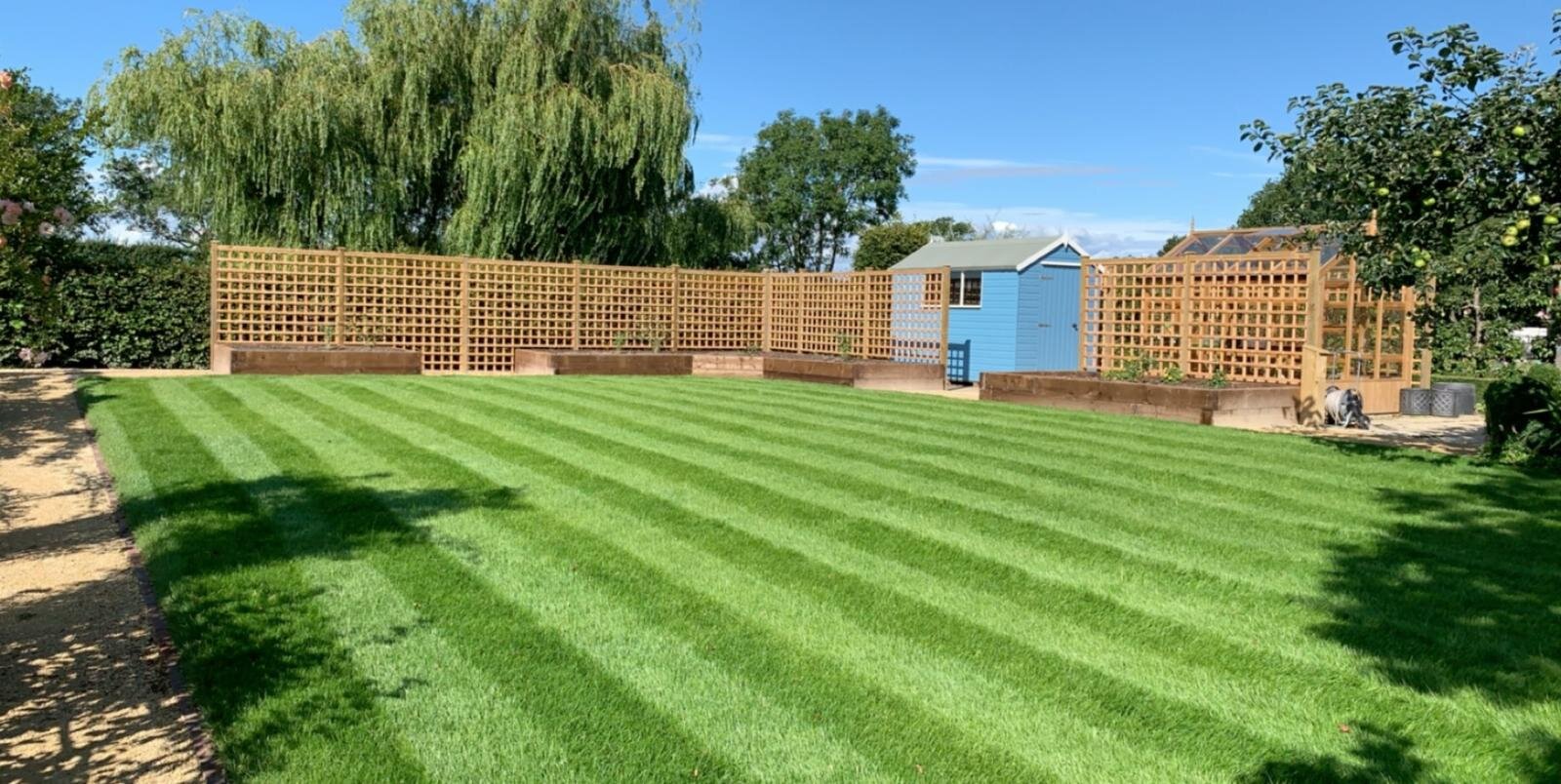
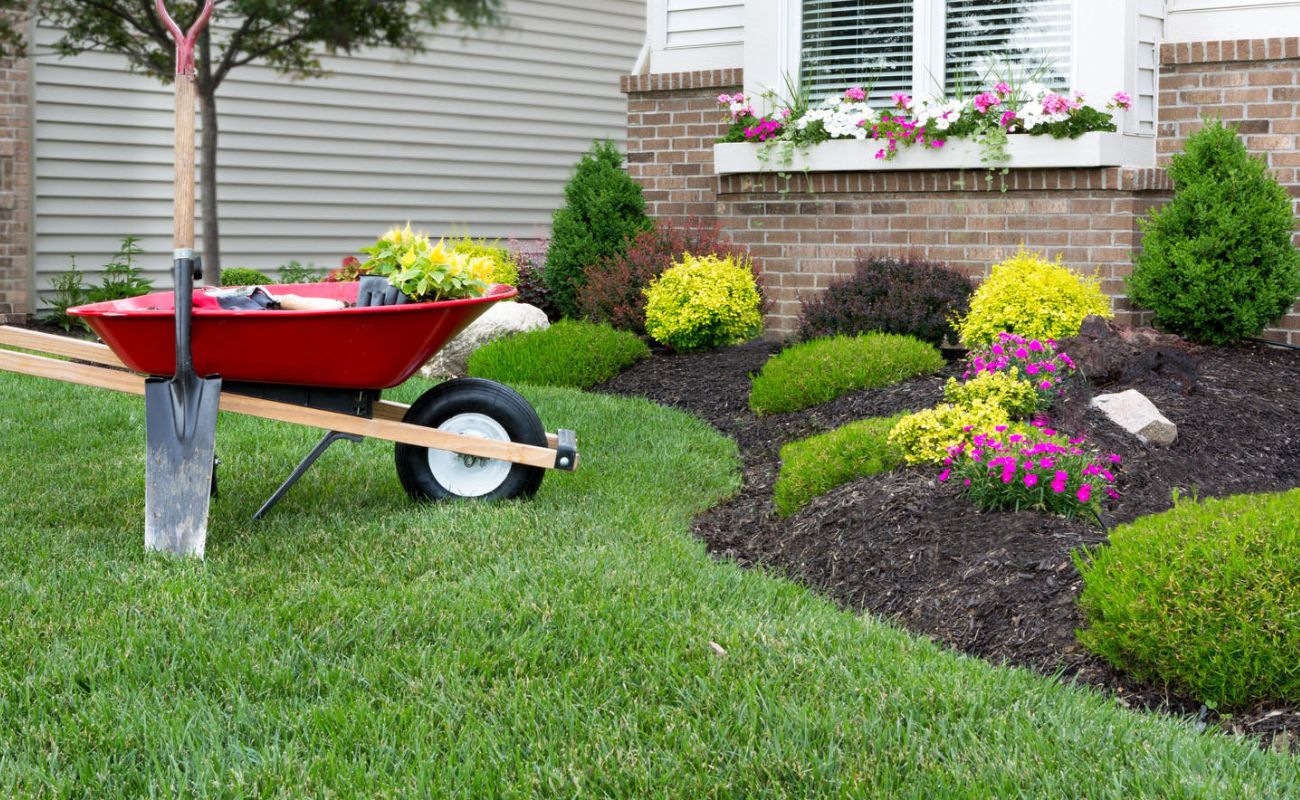
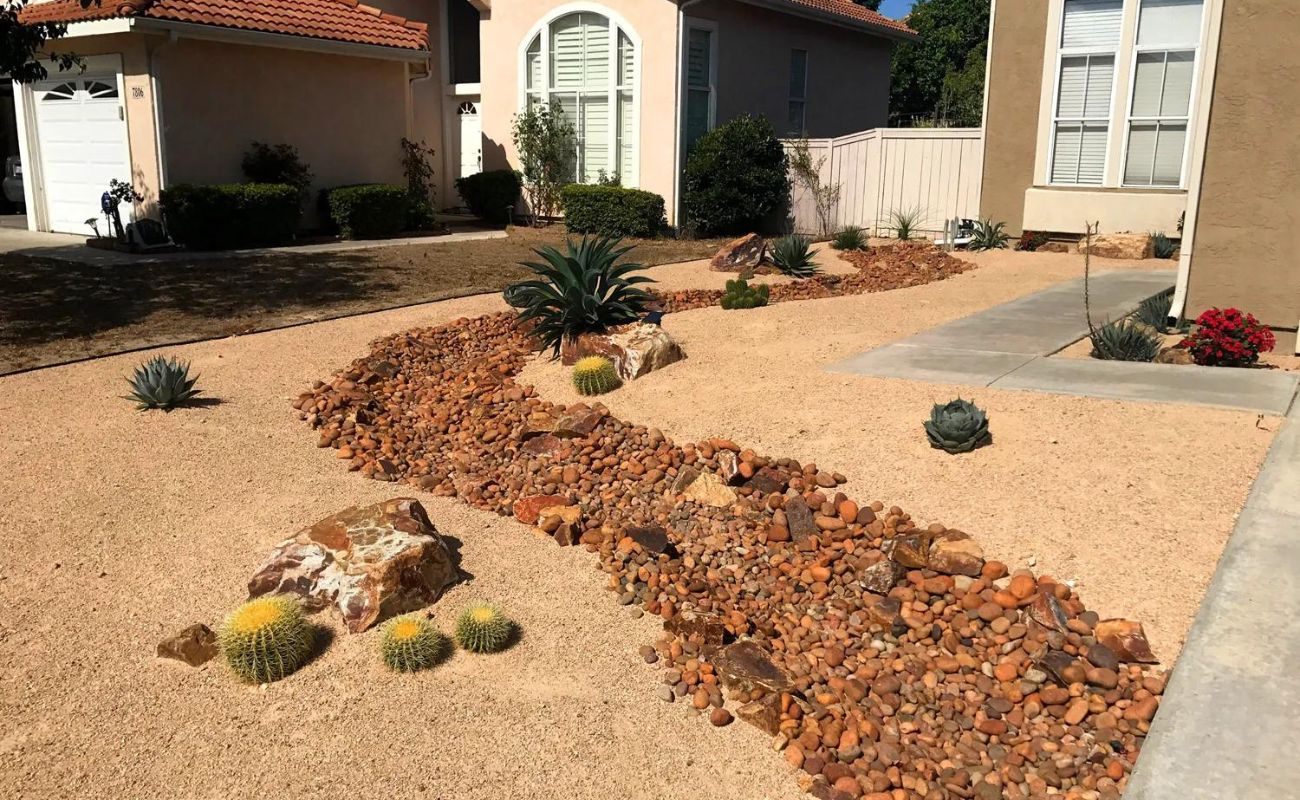
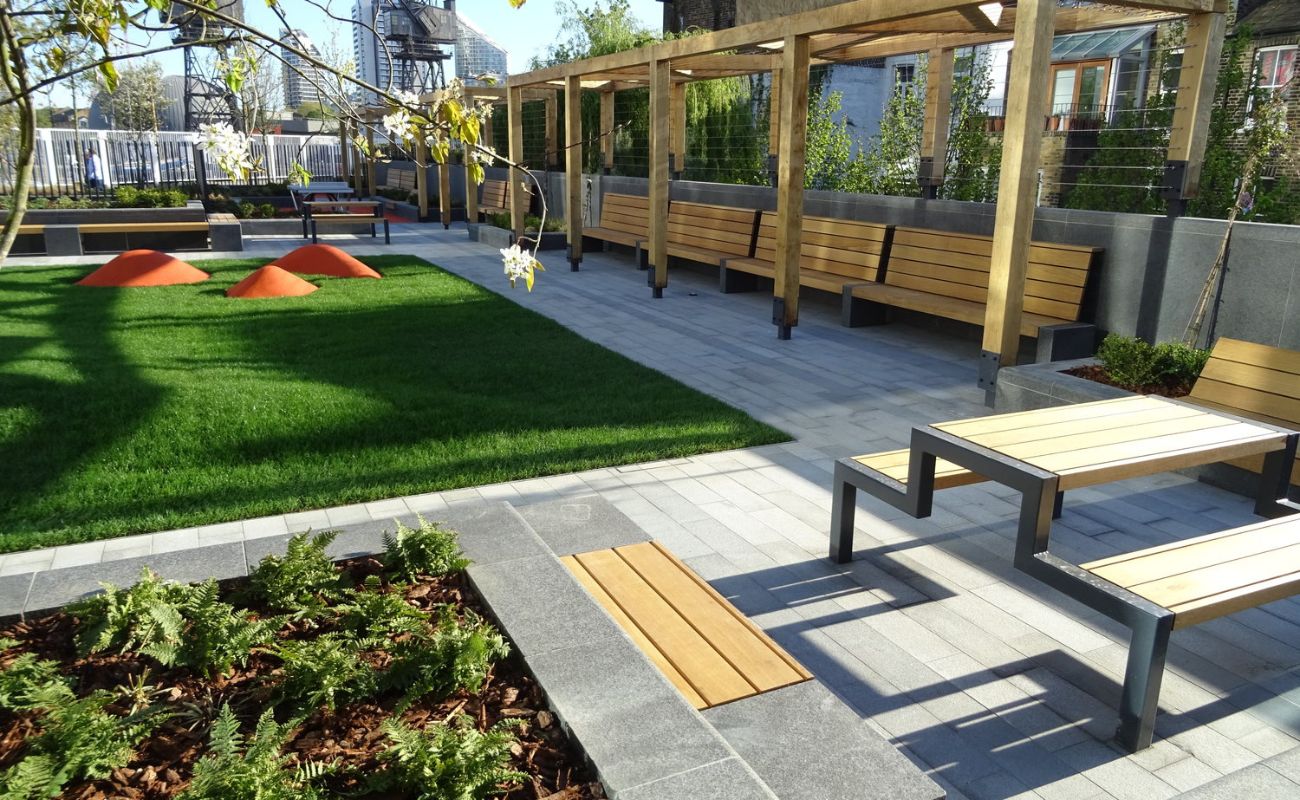
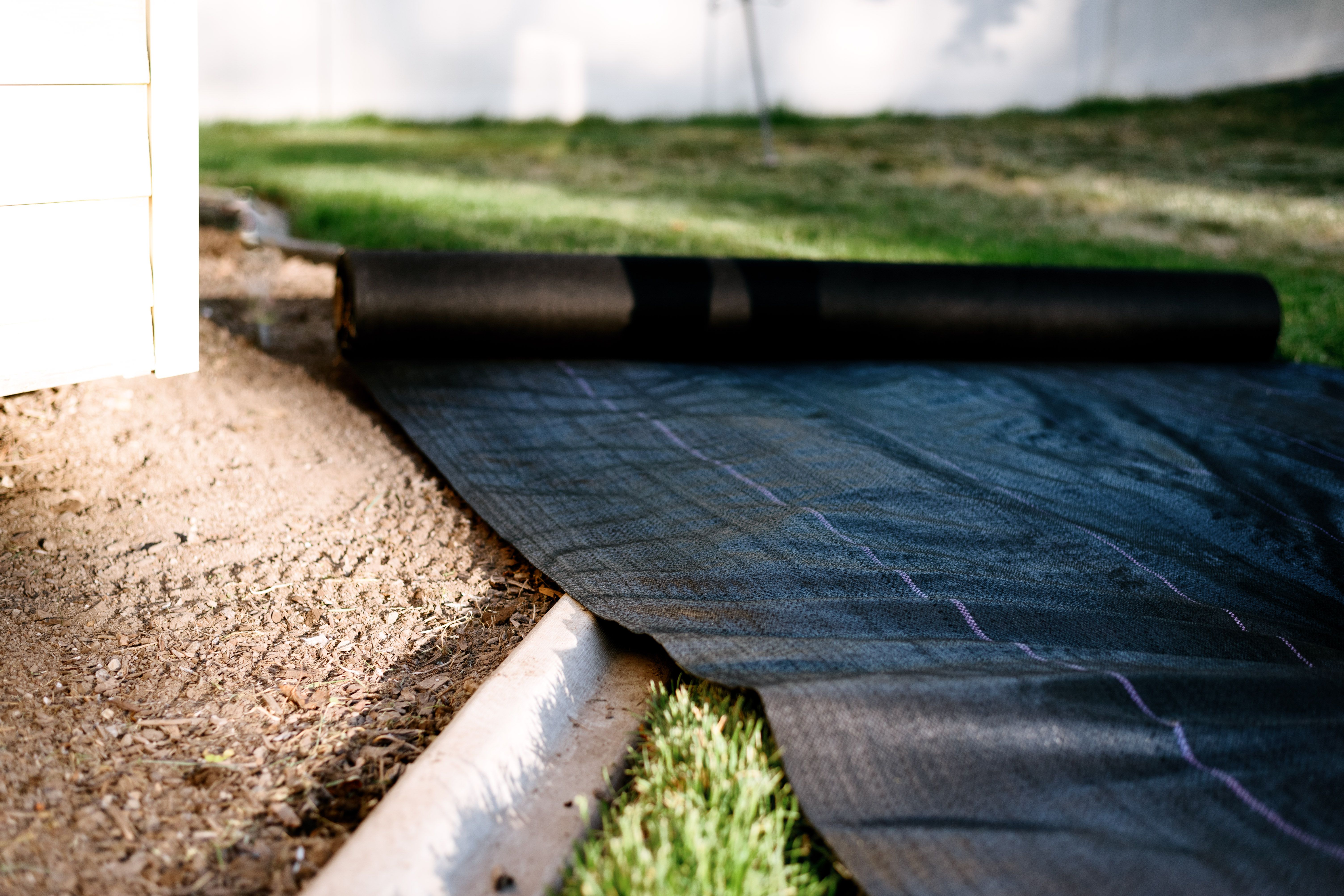
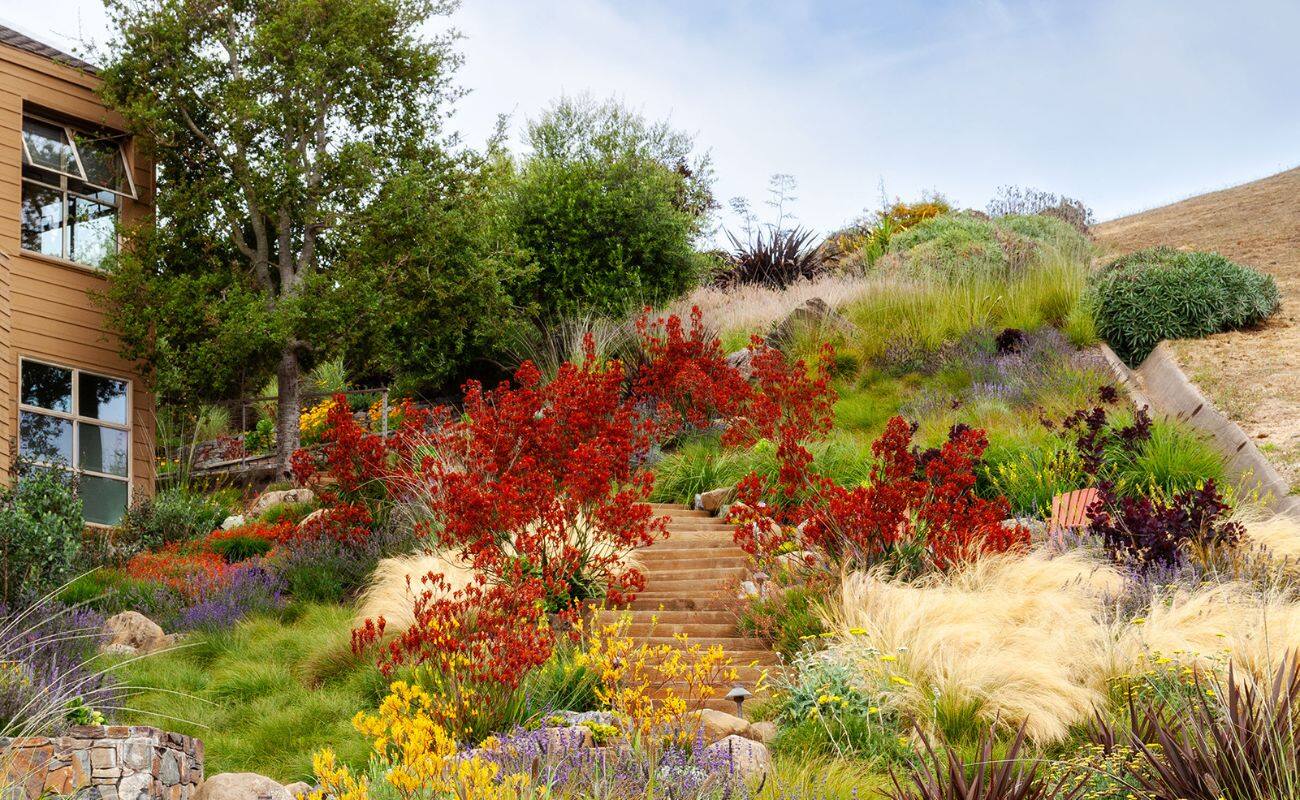

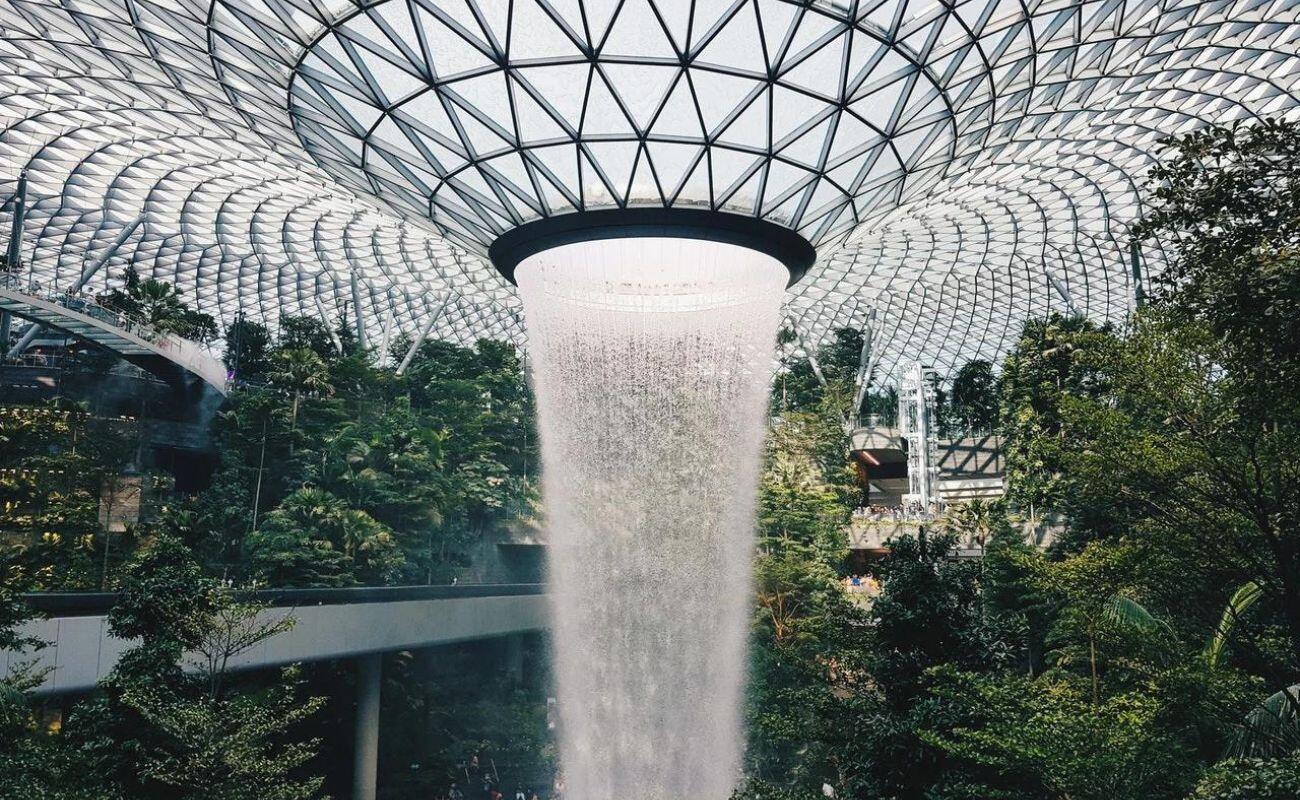

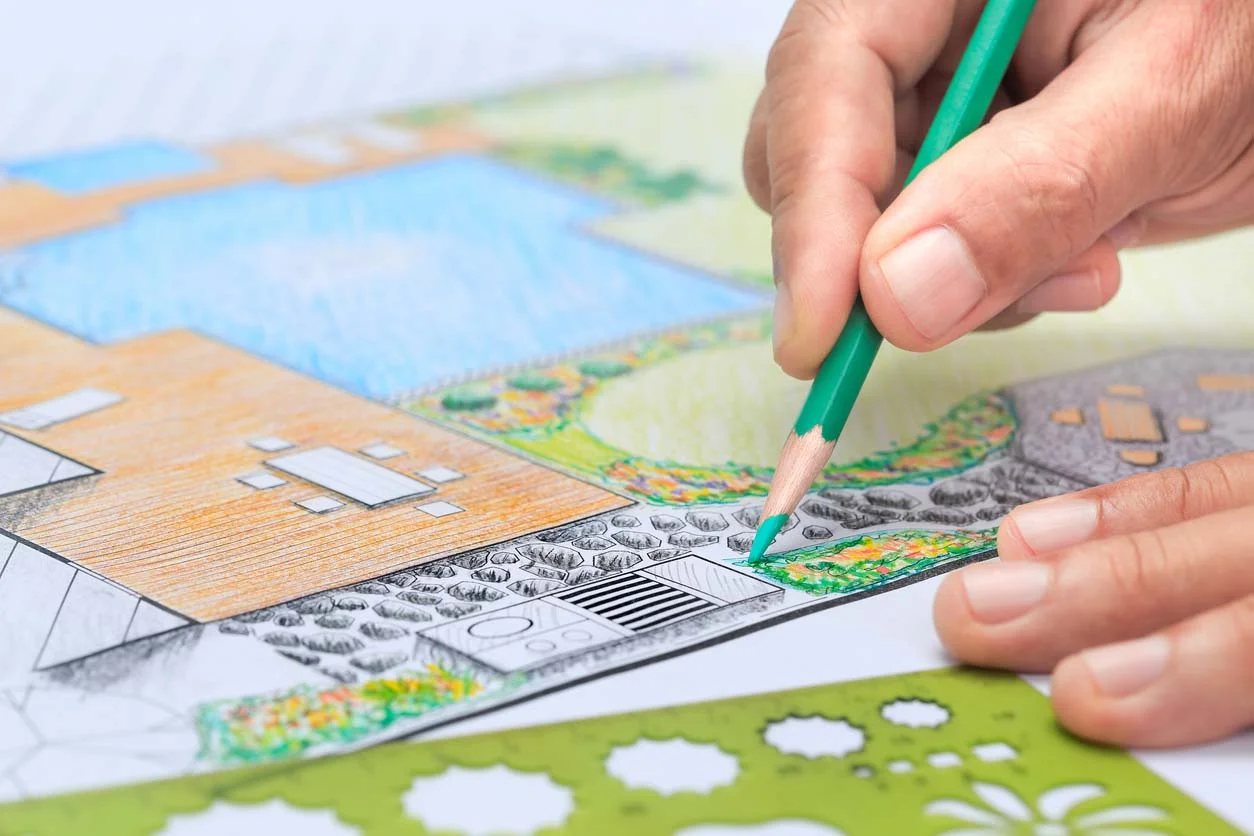
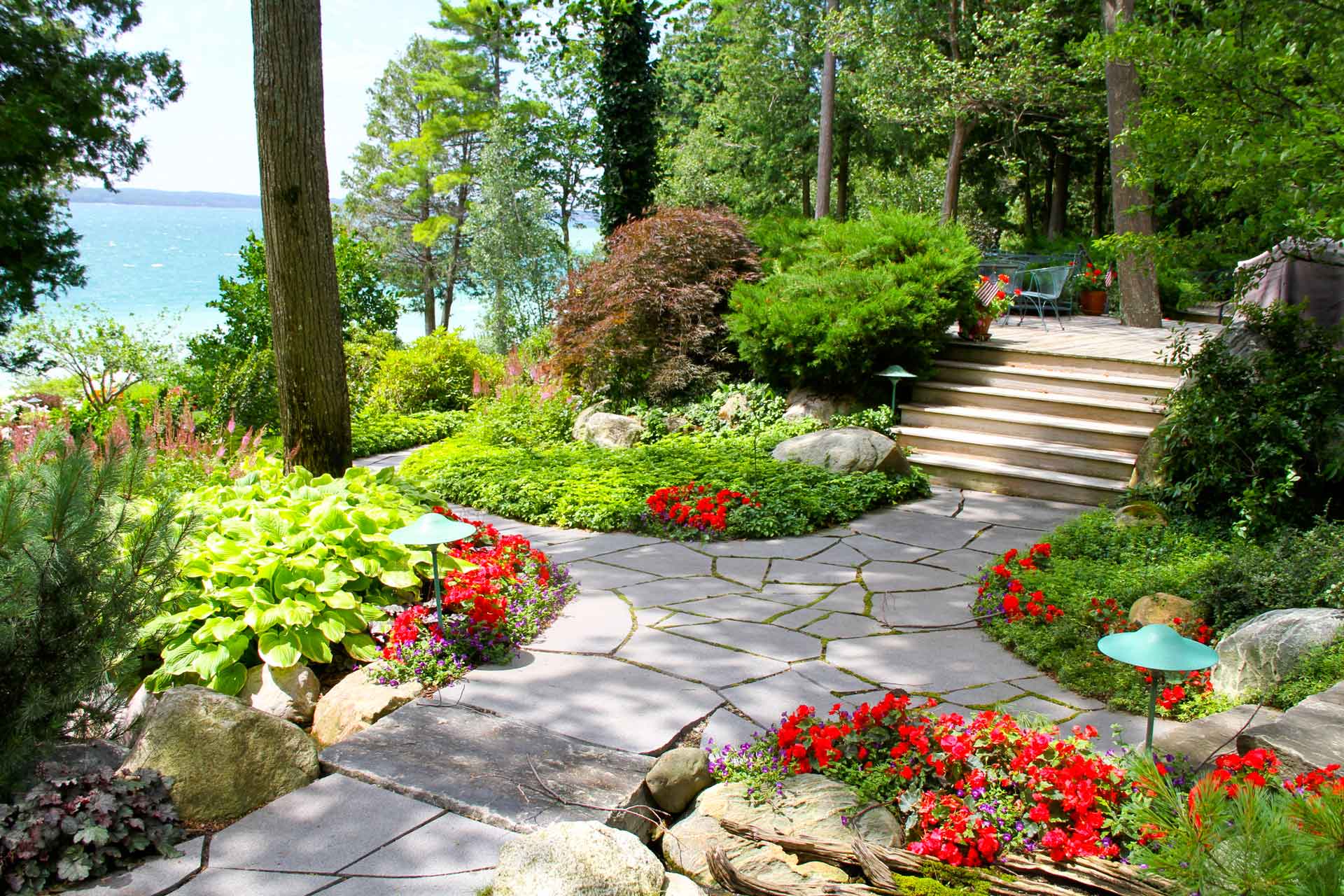
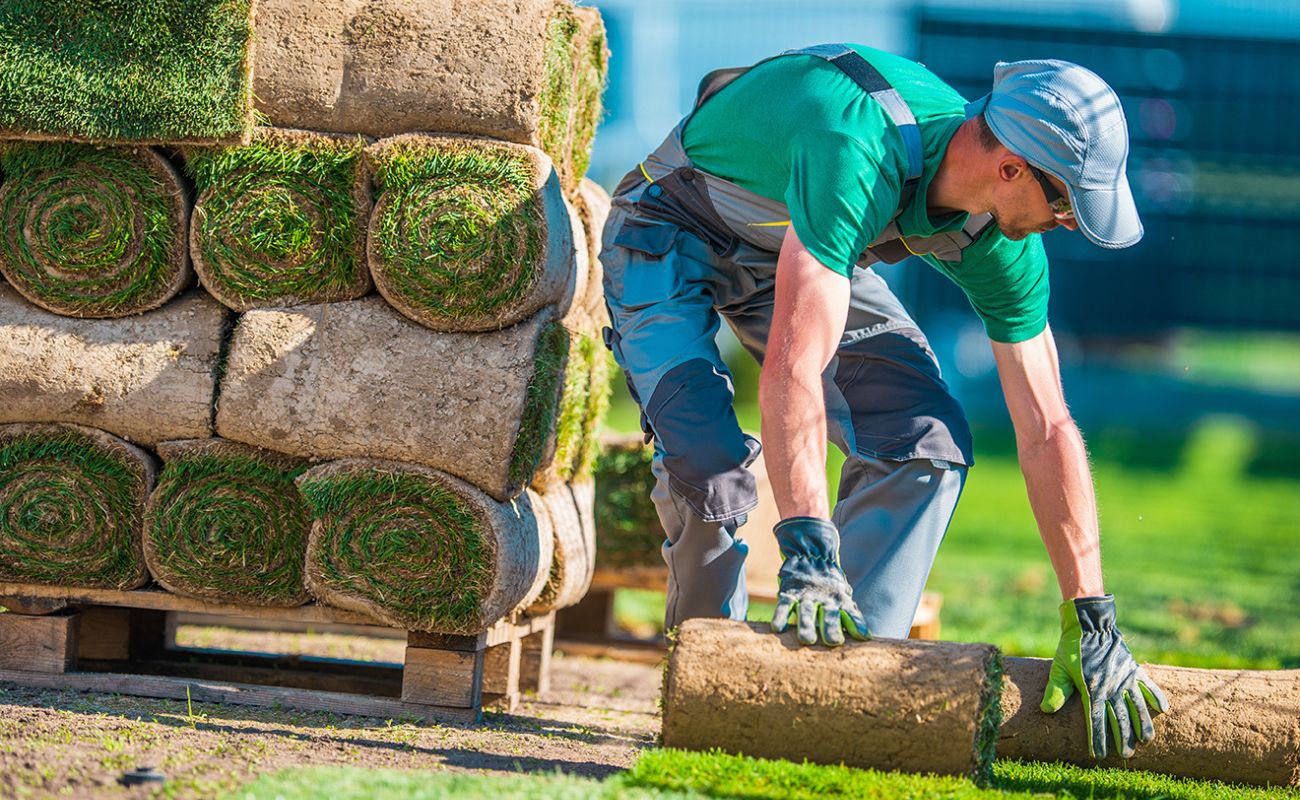

0 thoughts on “What Category Is Landscaping”